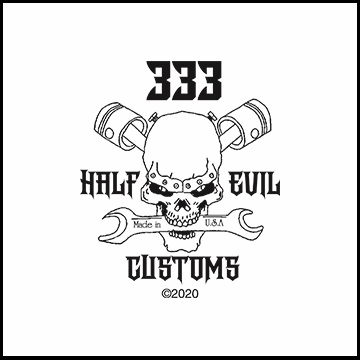It all depends on what the maximum resistance you expect to see. 200 means it will register anything from 0 to 200 ohms. 20K means it will register anything from 0 to 20,000 ohms. So why use the smaller scales? Precision. The smaller scale will tell within a 10th of an ohm (or at least it will try). The 20K scale will only get you within the nearest 10 or 100 or 1000 ohms, or whatever the display limitations are for your particular meter.
If the manual says R x 1 then it is probably trying to measure less than 10 ohms so you would use your 200 scale (if it's the smallest scale on your particular meter).
In the analog days, the scale had fixed numbers drawn on it. In order to read different magnitudes, you had to multiply the scale reading by a multiplier (10 or 100 or K (1000) or 10K (10,000) in order to get the actual reading. The scale switches were labeled accordingly "R x 10" or "R x K" etc. R x K means multiply the scale reading by 1000.
Things are different with the scale selector on digital meters. The scales on digital meters just tell you what the maximum is that it will register. It is not a multiplier, with one exception. On many digital meters, the convention is that if there is a K in the scale selector, then the display reading should be multiplied by 1000. Otherwise the reading is in single ohms.
If you select "200" and the display shows "25.5", the resistance is 25.5 ohms. If you are on the "20K" scale, and the display shows "25.5" then the reading is 25,500 ohms.
So how to know what scale? You need to know what to expect. You always want the smallest scale that will work. If the manual says the coil will be about 4 ohms, use the smallest scale that can measure 4 ohms. In your case that is probably the "200" scale. If the manual says the secondary side of the coil measures 14K or 14,000 ohms, you will need the 20K scale and multiply the display by 1000 to get the reading.



